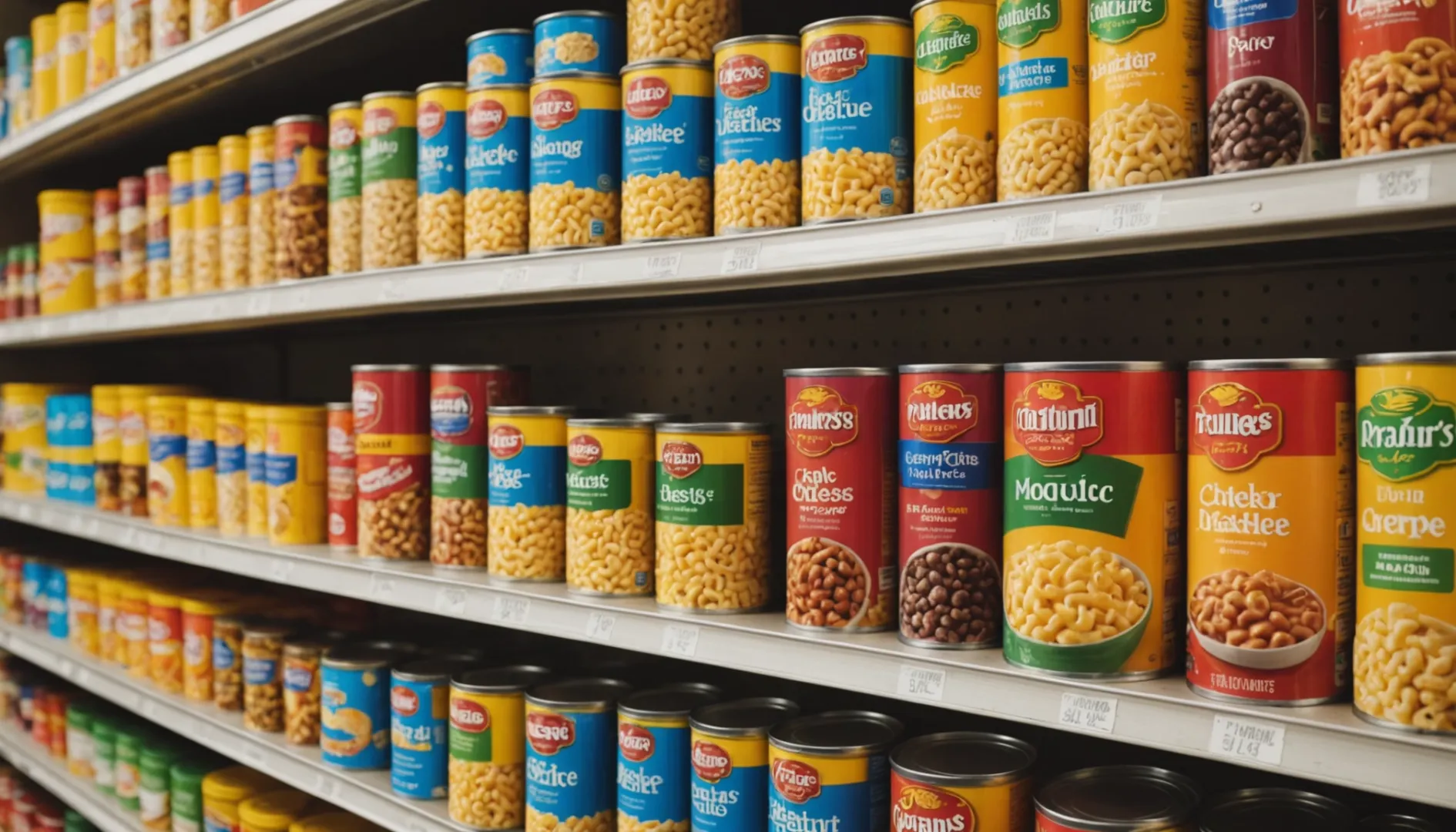
Titanium dioxide is widely used as a food additive for its whitening properties, found in items such as macaroni and cheese, soups, pastries, and snacks. While it enhances visual appeal without altering taste or smell, recent studies have raised health concerns regarding its safety, particularly in nanoparticle form. The European Union has begun scrutinizing its use more closely, leading to potential regulatory changes. As consumer awareness grows, many brands are exploring safer alternatives like calcium carbonate and natural pigments to meet demands for transparency and health safety. This blog post delves into the prevalence of titanium dioxide in everyday foods, the associated risks, and the shift towards cleaner labeling practices in the food industry.
